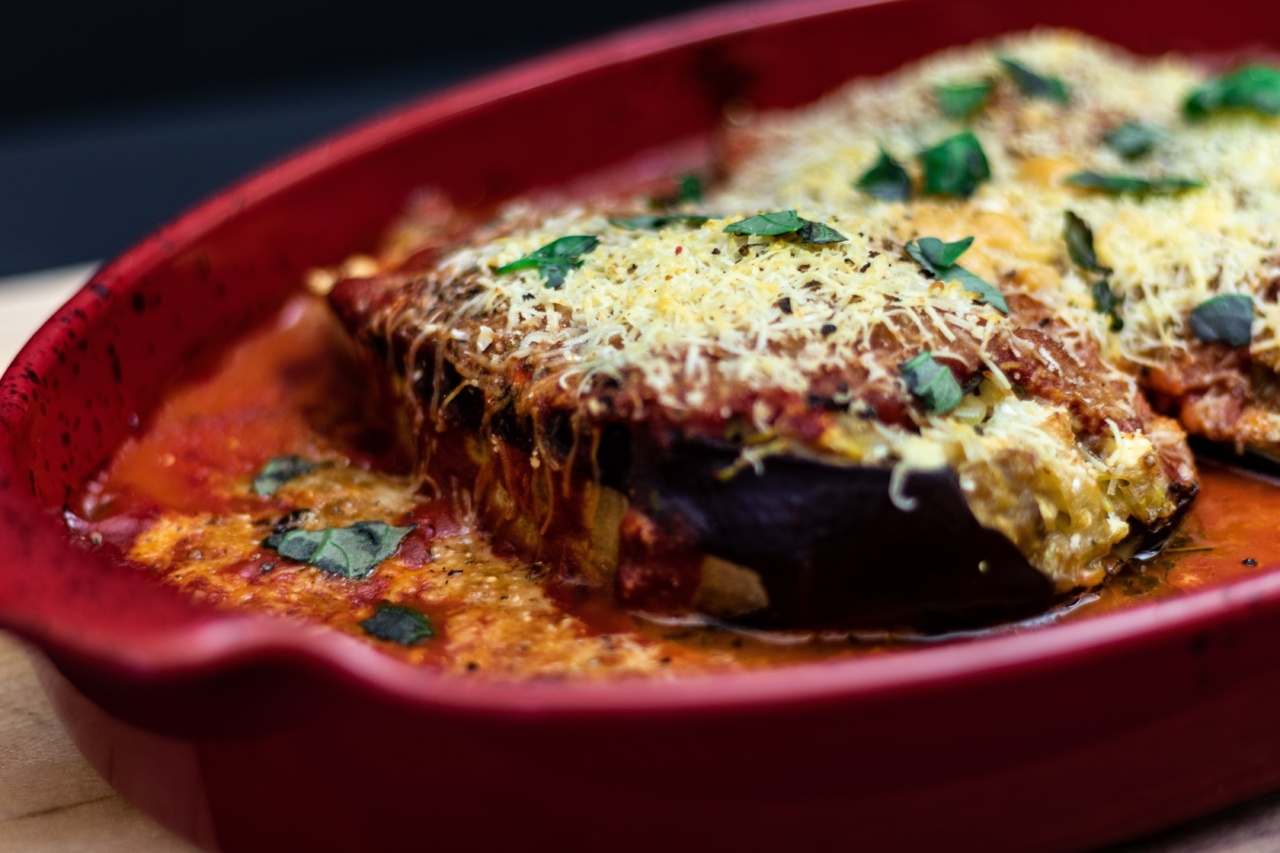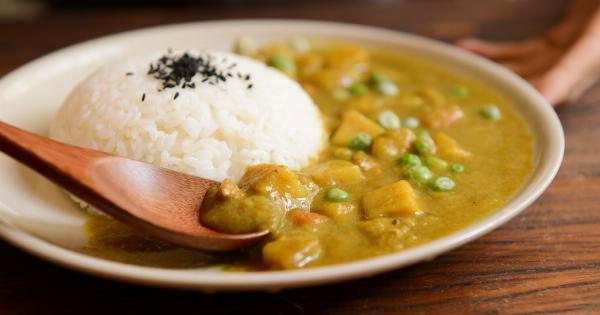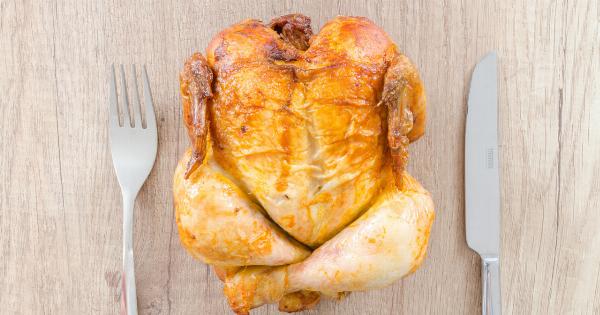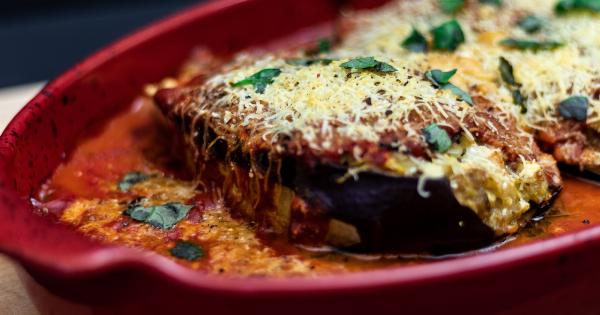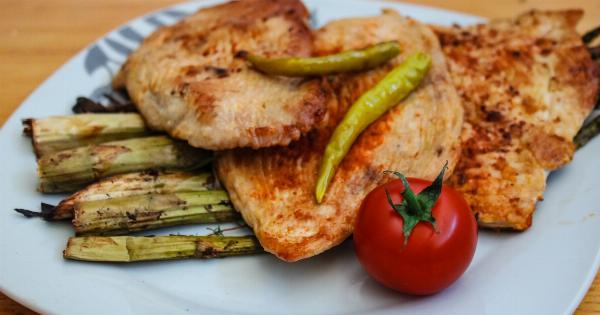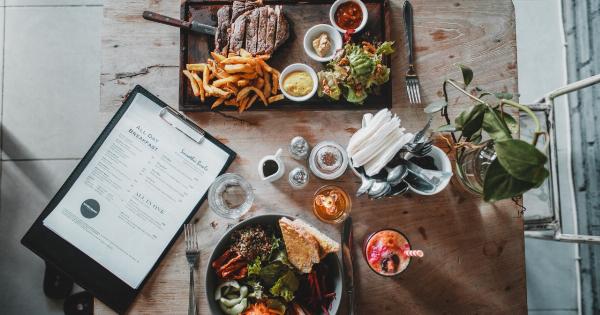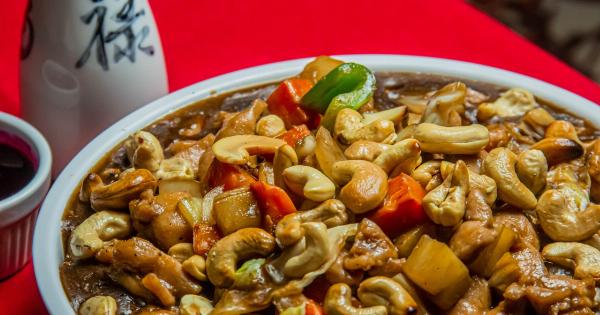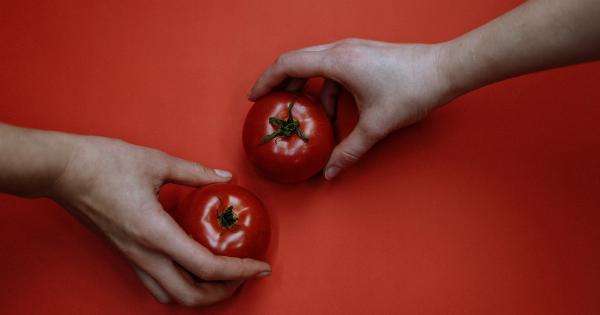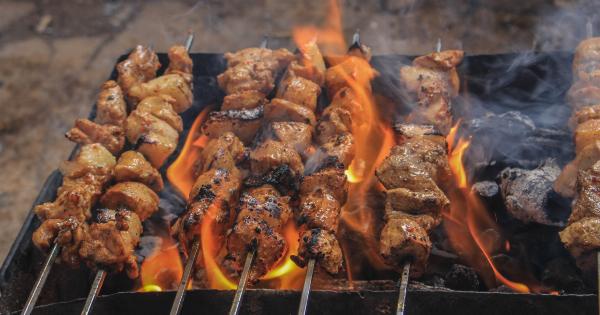When it comes to cooking meat, the method you choose can significantly impact its nutritional value. Baking is a popular cooking technique that can help lock in flavors while minimizing the use of unhealthy fats.
In this article, we will explore healthy baking methods for meat that retain its juiciness and tenderness, while maximizing its nutritional benefits.
1. Choose Lean Cuts of Meat
One of the most important factors in healthy baking is selecting lean cuts of meat. Lean cuts have a lower fat content, which reduces the overall calorie count and lowers the amount of unhealthy saturated fats consumed.
Examples of lean cuts include skinless chicken breasts, turkey tenderloins, and pork tenderloin.
2. Marinate Before Baking
Marinating meat before baking can not only enhance its flavors but also tenderize it. Choose marinades that are low in sodium and contain healthy herbs and spices.
Olive oil, lemon juice, garlic, and herbs like rosemary and thyme make excellent marinade ingredients. Let the meat marinate in the refrigerator for at least 30 minutes to allow the flavors to penetrate.
3. Use a Baking Rack
When baking meat, it’s essential to elevate it from the baking sheet to promote even cooking and prevent it from sitting in its juices.
Using a baking rack allows the heat to circulate evenly around the meat, resulting in a crispy exterior and a moist interior. This method also helps reduce the amount of fat that is retained by the meat during cooking.
4. Opt for Oven Roasting
Oven roasting is a healthy baking method that requires little to no added fats. This technique involves placing the meat on a baking rack in a shallow pan and cooking it at a moderate temperature, usually between 325°F and 375°F (163°C and 190°C).
Oven roasting allows the meat to cook in its natural juices, sealing in flavors and moisture.
5. Use a Meat Thermometer
Investing in a good-quality meat thermometer is crucial for achieving perfectly cooked, healthy meat.
A meat thermometer ensures that your meat reaches the recommended internal temperature, which is essential for eliminating any harmful bacteria without overcooking it. Refer to a meat temperature chart for specific temperature guidelines for different types of meat.
6. Avoid Overcooking
Overcooking meat not only compromises its taste and tenderness but can also lead to the formation of potentially harmful compounds. It’s important to follow recommended cooking times and temperatures, especially when baking lean cuts of meat.
Always monitor the internal temperature with a thermometer to prevent overcooking.
7. Add Vegetables
Baking meat alongside an assortment of vegetables is a fantastic way to incorporate added nutrients into your meal. Vegetables like carrots, bell peppers, and zucchini can be placed in the same baking dish as the meat.
The meat’s juices will infuse the vegetables with flavor, making them a delicious and healthy accompaniment.
8. Use Herbs and Spices
Seasoning meat with herbs and spices is an excellent way to enhance its flavor without relying on high-sodium sauces or condiments.
Experiment with a variety of herbs and spices like oregano, paprika, cumin, or thyme to add depth and complexity to your baked meats. Not only will this make your dish taste delicious, but many herbs and spices also have antioxidant and anti-inflammatory properties.
9. Limit Additional Fats
When baking meat, it’s important to limit the use of additional fats to keep the dish healthy. While some fats are necessary for flavor and moisture retention, it’s crucial to use them in moderation.
Avoid excessive use of oils, butter, or high-sugar sauces, as these can contribute unnecessary calories and unhealthy fats.
10. Let It Rest
Allowing your baked meat to rest before slicing is essential for maximum juiciness. Resting the meat for about 5 to 10 minutes after baking allows the juices to redistribute, resulting in a tender and flavorful end product.
Cutting the meat too soon can cause the juices to escape, leaving you with drier meat.
